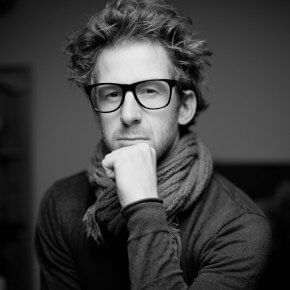Wiktor Franko, born in Kielce in 1983. He completed Polish Language Studies at the Swietokrzyska Academy, then got involved in photography and he has ever since been preoccupied with it. He deals with both fine art and commercial photography. His photographs have been published in a number of professional magazines, such as Prism Magazine, Camerapixo, Pokochaj Fotografie, Fabrikon Magazine, Musli Magazine, Confashion and a Chinese Prime Magazine. He exhibited his works at a few collective and individual exhibitions, and his photographs were awarded in a variety of photo contests - he was twice awarded in a prestigious Viva Photo Awards and two local contests Zycie Jest Piekne and Kielce Inaczej (he was a jury member with Pawel Pierscinski in the last two editions of Kielce Inaczej contest). Wiktor Franko was a collaborator of Charaktery magazine, and a number of his images were placed on the cover of that magazine. His photographs can also be found on book covers.
On two occasions, he took photographs of famous people from the world of business, culture and politics, including a portrait photo depicting Malgorzata Tusk, Prime Minister's wife for Philanthropist's Calendar, a publication that is of importance for the region. Wiktor Franco is the author of three posters for The Off Fashion, a European contest for fashion designers that is held in Kielce. Initially, Wiktor's development as a photographer ran parallel to his stay in London, where he shot photos of jazz and rock music stars, including Marillion, King Crimson, Porcupine Tree, Archive, Chic Corea, Jan Garbarek. Currently, Wiktor is engaged in making music albums covers of Polish artists, including Strefa Ciszy, Lebowski.
In his photographs, Wiktor Franko frequently uses literary motifs and allusions (a cycle devoted to Milan Kundera's novels). His works, strongly influenced by surrealism, are often defined as painterly. As he himself says, what is most important for him in photography is the atmosphere, a particular mood and surprise.
Source: Galeria Winda
